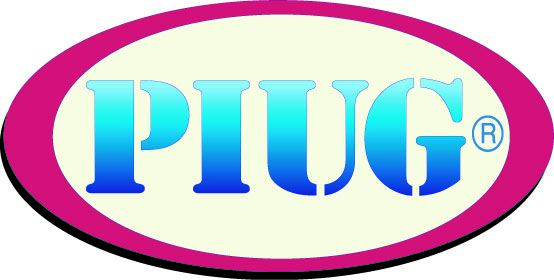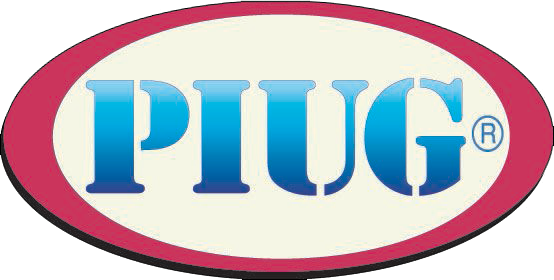--
PatSnap/World Intellectual Property Review offers the following webinar on sequence patenting and searching (posted at BrightTALK)
IP and R&D Trends in Biological Sequencing [& Role of AI in sequence searching platforms]
Sep 28 2020 11:00 am ET | 17:00 CET
… advancements in biotechnology such as next-generation sequencing techniques and personalised medicines have made the large-scale development of biological drugs easier and more cost-effective.
The prior art, containing patents for biological gene sequences, and the claims generally include descriptions of gene sequences as a form of protection of DNA, RNA, other nucleotides and proteins.
These patents are always claimed in relation to the sequence upon which the said drug acts. This is mostly with respect to a disease which occurs as a result of sequence mutation, or a disease which the drug is used to treat that acts upon the sequence mentioned in the claim.
Metadata associated to a sequence claimed in a patents has therefore gained more significance than before, for both research and freedom-to-operate perspectives.
In this webinar, we will look closely at how prior art is contributing to drug discovery, and how the trend over the last five years in the prior art landscape has made IP and R&D professionals change the way sequence searching is done. We also look at how artificial intelligence has helped platforms such as PatSnap Bio shift the approach to sequence searching to the next level, and meet the changing patenting landscape in biological sequencing.
Speakers: Karthik Subramanian (PatSnap), Shivshankar Umashankar (PatSnap), and Tom Phillips (WIPR)
A link to webinar recordings (38 min) (Available until Sep.28, 2021)
https://www.brighttalk.com/webcast/11637/442831
Notes: In the webinar PatSnap has discussed the following applications of AI tools in sequence searching (in PatSnap Bio) [25:44-28:39]:
1. Use of proprietary neutral network algorithms for OCR based extraction of sequences from sequence listings and patent text (particular important for CN where 40% sequence has been disclosed in image/pdf format) [25:44-26:49]
2.Using AI models in semantic search to identify patents in chemical/biological domain and extracting entity relationship for sequences in context (drug, targets, diseases, application and species), identifying relevant patents and “providing an “innovation link" to new patents [26:50-27:42]
3. Use AI-based algorithms to identify sequences containing CDR region, identifying antibodies and T-cells from over 12 m curated CDR sequences [27:43-28:39] (ab)
----------------------------------------------------------------
Related Resources
PatSnap Bio Highlights (see screenshots on the bottom of the referenced page)
- Over 550m patent sequences and over 500m non-patent sequences for most comprehensive sequence searching
- In partnership with CAS®, coverage includes manually curated patents and non-patent sequences from proprietary sources
- Coverage from over 1.1m patents
- Best-in-class AI algorithms (CDR, motif, short and long sequences)
- Unique sequence highlighter functionality, landscape features and other visualizations
- Sequences extracted from claims, patents and full-text and images, in addition to the listing files
- Over 1.25m manually curated Chemically Modified Sequences including synthetic, peptide, protein and oligonucleotide sequences
- Sequences indexed to Drugs and Targets to analyse therapeutic activities
Recorded Webinars:
Freedom to Operate with PatSnap Bio (webinar, 48:47, Frazer Kearl, PatSnap, recorded Aug. 25, 2020)
In this webinar, Frazer Kearl takes us through some of the fundamentals of Freedom to Operate searches for biological sequences….In this webinar, we take a look at the PatSnap Bio tool within the context of an FTO search. We investigated an example sequence through PatSnap Bio, filtered our resulting sequence search results to relevant parameters, investigated the resulting patents from which those sequences originated, and we also took a look at how we could manage and categorize our results through a Workspace.
How PatSnap Motif and CDR make your sequence searches easier (webinar, 48:47, recorded Nov.8, 2019)
This webinar will provide insider information on the state of sequence searching today, how to drill through the noise, and uncover what parts of a sequence truly matter to you. (1. The state of sequence searches. 2. Identifying the challenges to resolve [how to drill through the noise]. 3. Where Motif and CDR change the game plan. 4. Live Q&A) Speakers: Edward Vineall, Life Sciences Account Executive, and Karthik Subramanian, Life Sciences Product Director.
PatSnap Help Center materials
PatSnap Bio 101 (video, 3: 36, selected screenshots, 6 p. , PatSnap Help Center)
PatSnap Bio is the first high-throughput sequence search tool combining over 300 million sequences with 130 million patents from all major patent jurisdictions. Search Up to 200 sequences at once from over 100 global patent databases. Rank sequence search results by alignment strength and length. Filter sequence results by application area, owner, and legal status. https://help.patsnap.com/hc/en-us/articles/360001105697-Bio-101
Introduction to PatSnap: Bio (video, 8:43, PatSnap Help Center). [Searching options; Performing a search; Refining to the most relevant sequences; Locating those sequences within relevant patents]
CDR Searching on PatSnap Bio (PatSnap Help Center FAQ)
How Does The Sequence Highlighter Work? (PatSnap Help Center FAQ)
------------------------------
EBI: Next Generation Sequencing (NGS) Practical Course (a collection of video lectures from the 'Hands on training in Next-Generation Sequencing' course, EMBL-EBI, 12-14 March 2012)
------------------------------------
See also:
How to effectively patent your sequences (video, 26 min) (PatSnap Innovation Academy Course, free registration)
Modules: 1.Introduction to sequences in the US and Europe. 2.Basic requirements for patenting sequences. 3.DNA eligibility and sequence listing. 4.Notable case examples. 5.Key learnings and further reading. 6.Quiz
Instructors: Juliana Melo, IP Lawyer and Craig McAuliffe, Life Sciences Product Manager (PatSnap)
Other PatSnap Training Webinars (including FTO in PatSnap; FTO with PatSnap Chemical)
Other PatSnap Innovation Academy Courses (including Master the art of patent search; How to do an FTO search; How to use innovation intelligence to evaluate a competitive landscape)
Updated: 9/28/2020 1:55 Webinar title has been clarified; note has been added on discussion in the webinar of
applications of AI tools in sequence searching (in PatSnap Bio)
 Search
Search Community
Community Job Board
Job Board
